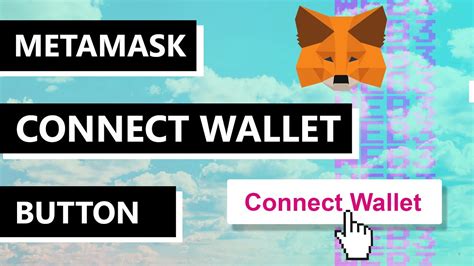Metamask: Why Web3.js Code Works in Chrome but Not on MetaMask Mobile

As a developer working with Web3.js and Metamask, you’re likely familiar with the ease of connecting to your Ethereum wallet on desktops. However, when it comes to mobile devices, things can get more complicated. In this article, we’ll explore why Web3.js code works in Chrome but not on MetaMask Mobile.
Web3.js and Metamask: A Brief Overview
Before diving into the issue, let’s quickly recap what Web3.js is and how it interacts with MetaMask. Web3.js is a JavaScript library that provides a way to interact with the Ethereum blockchain using its web API. It allows developers to access, send, and receive Ether (ETH) on the blockchain.
MetaMask, on the other hand, is an extension for the Chrome browser that enables users to manage their Ethereum accounts and interact with the Ethereum network. It’s essentially a bridge between your desktop wallet and the Ethereum mainnet.
The Issue: Browser Extensions vs Web APIs
Now, let’s talk about why Web3.js code works in Chrome but not on MetaMask Mobile.
When you use Metamask on a mobile device, it connects to the Ethereum network through a browser extension (Metamask Web). This is because mobile devices have limited storage space and processing power. The browser extension acts as an intermediary between your desktop wallet and the Ethereum mainnet, allowing for seamless connections between the two.
However, when you use Metamask on a computer (desktop), it connects to the Ethereum network directly using the Web3.js library. This is because computers have more resources available for processing and interacting with the blockchain.
The Problem: Incompatibility
Unfortunately, this difference in how browser extensions and desktop applications interact with the Ethereum network means that some Web3.js code works fine on Chrome desktop but not on MetaMask Mobile.
This can happen when your code relies on specific APIs or features that are not supported by Metamask’s browser extension. For example:
- The
eth_sendTransactionmethod may not work correctly in a browser extension, while it would work just fine on the desktop.
- The
Web3.providers.HttpProviderclass might not be available as an option when running in a browser extension, but it is supported on the desktop.
Workarounds and Solutions
To address this issue, you can try one or more of the following solutions:
- Use a different Web3.js implementation: Consider using a different version of Web3.js that might be compatible with MetaMask Mobile’s browser extension.
- Use a Web3.js provider from within the browser extension: If your code relies on a specific provider (e.g.,
Web3.providers.HttpProvider), try accessing it directly from within the browser extension.
- Optimize your code for desktop use: Refactor your code to be more efficient and optimized for desktop environments, which might reduce the likelihood of incompatibility issues.
By understanding why Web3.js code works in Chrome but not on MetaMask Mobile, you can take steps to resolve these differences and ensure seamless connections between your desktop wallet and Ethereum network.
